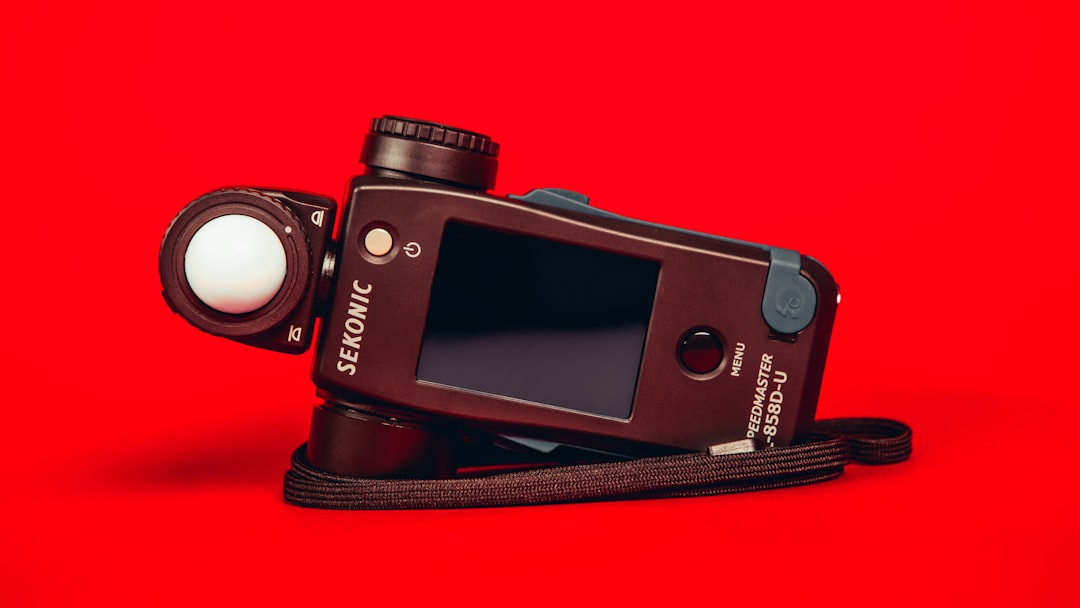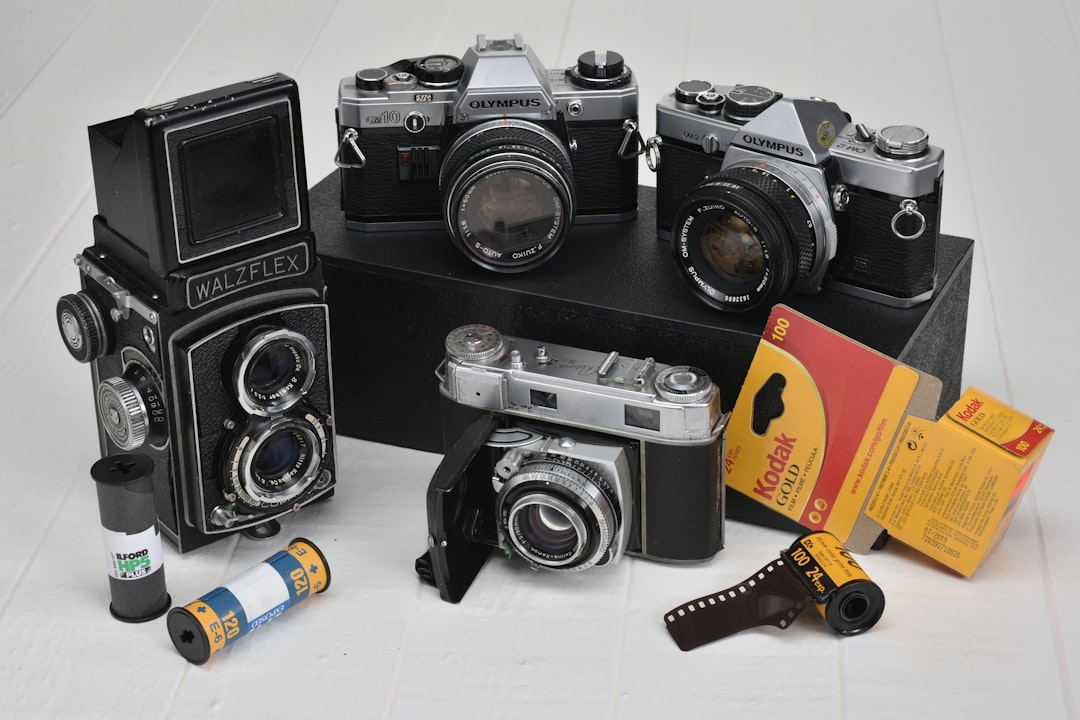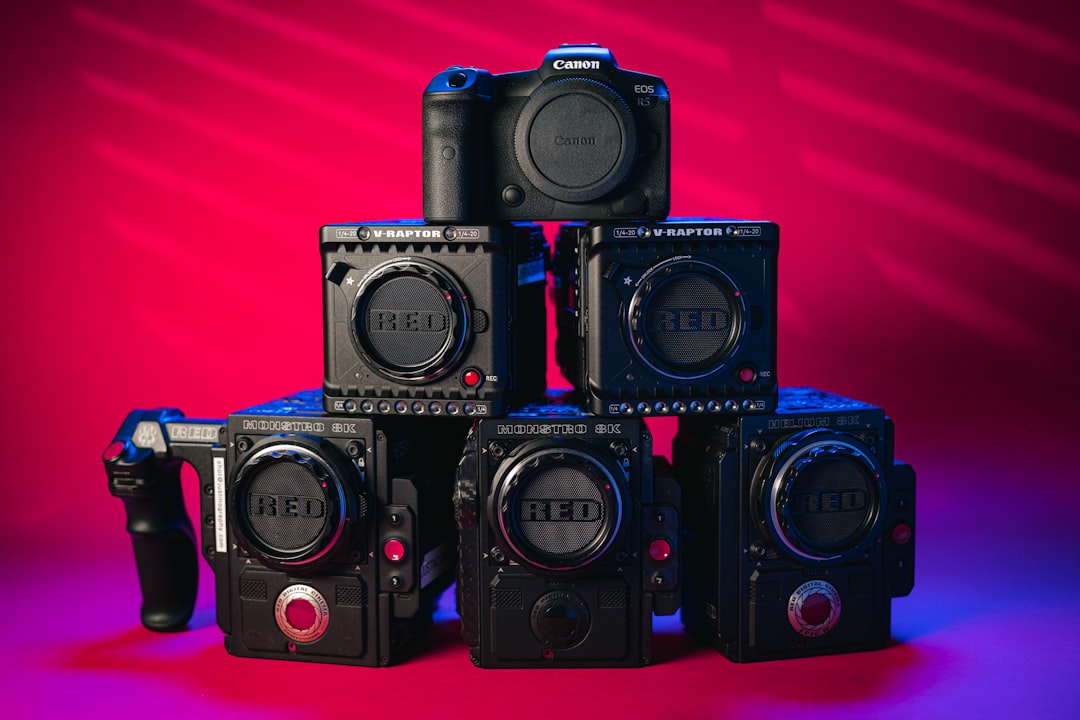
Mirrorless camera evolution: a quick history
In the evolution of digital photography, few innovations have had as substantial an impact as the development of mirrorless cameras. With improvements in sensor technology, compactness, and autofocus systems, mirrorless cameras have reshaped the photography landscape—both for professionals and hobbyists alike. This breakdown explores the key milestones and technological advancements that have defined the evolution of mirrorless cameras since their inception.
Understanding the Basics: What Is a Mirrorless Camera?
To grasp the significance of the mirrorless revolution, one must first understand the fundamental difference between DSLRs (Digital Single-Lens Reflex cameras) and mirrorless cameras. DSLRs use a mirror mechanism to reflect light from the lens up into an optical viewfinder. When a picture is taken, the mirror flips up, allowing light to reach the image sensor. Mirrorless cameras, as the name implies, eliminate this mirror mechanism, allowing for several practical advantages:
- Reduced size and weight
- Fewer moving parts, potentially increasing durability
- Real-time exposure previews via electronic viewfinders (EVFs)
- Faster burst shooting rates and autofocus capabilities
This minimalist internal design laid the foundation for what would become one of the most rapidly progressing categories in photography gear.
The Emergence of Mirrorless Systems: 2008–2012
The first commercially viable mirrorless cameras emerged in the late 2000s, spearheaded by manufacturers like Panasonic and Olympus. In 2008, Panasonic launched the Lumix DMC-G1, the world’s first mirrorless interchangeable-lens camera. It utilized the Micro Four Thirds system, developed jointly with Olympus.
This marked a paradigm shift. Removing the mirror box enabled manufacturers to make significantly smaller and lighter cameras while maintaining sizable sensors and interchangeable lenses. The G1, although lacking certain luxuries found in DSLRs at the time, demonstrated the potential of the mirrorless system. Olympus quickly followed with its own PEN series.
Between 2010 and 2012, Sony introduced its NEX series—an ambitious step involving APS-C sensor sizes, larger than the Micro Four Thirds sensor. These cameras found favor among enthusiasts and professionals who valued image quality in a portable body.

Growing Pains and Industry Hesitation: 2012–2015
While mirrorless cameras began to earn recognition, they faced criticism for sluggish autofocus, limited lens options, inadequate battery life, and underwhelming EVFs when compared to optical ones. Industry veterans often dismissed them as niche tools not suited for professional work.
During this period, Canon joined the mirrorless space with the EOS M series in 2012. Nikon followed with the Nikon 1 system, utilizing a smaller 1-inch sensor. Both series failed to captivate the enthusiast and professional markets largely due to performance compromises.
Meanwhile, manufacturers such as Fujifilm and Olympus began building more capable systems. Fujifilm’s X-series—especially the X-Pro1 and later the X-T1—married tactile manual controls with strong image performance. This was when photographers began to take mirrorless cameras more seriously, especially for travel and street photography.
Turning Point: Advancements in Autofocus and EVF Technology (2015–2018)
The mid-2010s saw a leap in core technological areas, driven notably by Sony. The release of the Sony α7 II and later the α7R II caught the industry’s attention. These full-frame mirrorless cameras bore professional-grade features—stabilization, high-resolution sensors, fast autofocus, and expanding lens support.
Crucially, electronic viewfinders improved both in resolution and refresh rate. Early complaints about lag and distortion largely disappeared. Autofocus systems saw the most dramatic leap, with enhanced phase-detection autofocus embedded in the sensor. Continuous tracking of moving subjects became reliable enough to rival, and eventually surpass, DSLRs in several areas.
Features such as:
- Eye-detection autofocus
- 5-axis in-body stabilization
- Advanced video capture (4K and beyond)
…became standard in flagship mirrorless bodies. These improvements solidified the platform’s viability for sports, wildlife, and wedding photography.
Industry-Wide Adoption: 2018 and Beyond
2018 marked a pivotal year when both Canon and Nikon—long champions of DSLR systems—committed fully to mirrorless development. Canon debuted the EOS R system, while Nikon introduced the Z-series. These full-frame systems came with new lens mounts, allowing for more flexible optical designs and quicker communication between lens and body.
Sony, already deep into its α7 and α9 lineups, continued to dominate, but the competitive landscape began to balance. Fujifilm focused on its APS-C and medium-format offerings while Panasonic ventured into full-frame with the LUMIX S series.
The introduction of these systems confirmed what industry analysts had forecasted: DSLR development would gradually fade, giving way to mirrorless platforms. By 2020, most major manufacturers curtailed new DSLR development and shifted resources to mirrorless innovation.

The Rise of Mirrorless in Video Production
Another critical dimension of the mirrorless evolution lies in video capabilities. Mirrorless systems became the preferred choice for independent filmmakers and content creators due to their ability to offer:
- Oversampled 4K and sometimes 6K/8K video
- Log profiles and RAW video support
- Mirrorless-friendly design for gimbals and rigs
Cameras like the Panasonic GH5, Sony α7S III, and Canon EOS R5 bridged the gap between photography and high-end video production. Their small size, large sensors, and flexible recording formats appealed to a wide range of creators, accelerating the decline of traditional camcorders in certain segments.
Mirrorless Today: 2024 Snapshot
As of 2024, the mirrorless camera landscape has matured significantly. Some of the most technologically advanced camera systems ever made are now mirrorless, including models that cater specifically to:
- Professional sports (Sony α9 III, Nikon Z9)
- Portraiture and studio work (Canon EOS R5, Fujifilm GFX100S)
- Documentary and cinema-grade video (Panasonic S1H, Sony FX30)
Brands compete on AI-driven autofocus, low-light sensitivity, computational imaging, and hybrid shooting features. The performance gap between mirrorless and DSLR systems has not only closed—it has, in most cases, reversed entirely in favor of mirrorless.
Key Milestones in Mirrorless Evolution
To summarize, here are some of the pivotal moments in the history of mirrorless cameras:
- 2008: Panasonic launches the DMC-G1, the first mirrorless interchangeable-lens camera
- 2010: Sony introduces NEX series using APS-C sensors
- 2012: Fujifilm X-Pro1 debuts with retro design and manual controls
- 2015: Sony α7R II launches, bringing professional capabilities to full-frame mirrorless
- 2018: Canon EOS R and Nikon Z6/Z7 mark DSLR makers’ commitment to mirrorless formats
- 2020s: Mirrorless cameras dominate both photography and video markets globally
Conclusion: The Mirrorless Future
The journey of mirrorless cameras from technical novelty to industry standard has been marked by rapid innovation and adaptation. Their evolution has not only democratized high-end photography but also pushed the boundaries of what compact systems can achieve. Today, it is clear that the mirrorless architecture represents the future of camera design—with ongoing developments in AI, computational photography, and sensor innovation poised to define the next chapter in imaging technology.